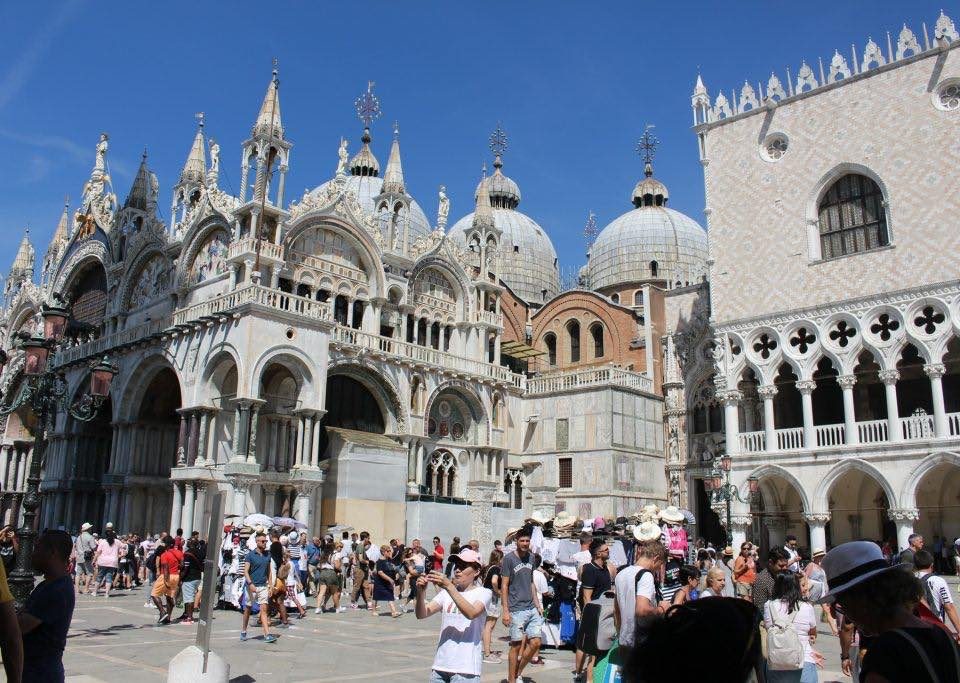Exactly a year ago ‘Visit Nepal 2020 campaign’ was kicked off amidst huge fanfare in a stadium in Kathmandu. One hundred and eight larger than life sculptures of YETI, the official mascot of the Visit Nepal Year 2020, were planned to be displayed within and outside the country to celebrate Visit Nepal 2020.
The extravagance preparations for Visit Nepal 2020, during which the country hoped to attract a record 2 million visitors, went down the drain as Nepal was not immune to the pandemic. The Tourism industry witnessed a global meltdown. With the opening of domestic travel, controlled relaxation on arrival of International travelers and a recent Air transport bubble agreement with India, Tourism is expected to restore much needed confidence and gradually get back to business in 2021.

Did Destination Nepal fail in 2020 after brushing with a near death experience? Tourism industry in Nepal was far from being a success in handling the existential crisis into it’s favor, however it somehow remained floated and learned a great deal.
Nepal is known for it’s destination resiliency and quick recovery ability as witnessed in the challenges of the past. Hence it is expected to bounce forward as a favorite destination among the travelers who care about responsible travelling.
“Nepal’s national parks are uncrowded, and trekking / safari is a relatively safe outdoor activity with natural social distancing. Nepal holds a huge potential to develop sustainable Tourism products and share the greater good through Tourism” – Mrs. Yankila Sherpa, a former minister of Tourism shared the thoughts in one of recent conversations.

Nepal enjoys some of the best practices which can make the destination look good and continue to thrive as a sustainable destination.
- Community based Tourism: Exploring the villages, learning local crafts and imparting knowledge are the key highlights where Nepal is doing things right and visitors absolutely love the experience.
- Experiential Tourism: Nepal offers unmatched opportunity to part take in tea tasting, pottery making, cooking local delicacies that allows to understand and appreciate the best kept secrets of cultural aspect in the Himalayan region.
- Buffer zone program: Implementation of buffer zone program in National Parks has been able to address different issues including human/wildlife conflict mitigation, income and employment. This has resulted in Green growth and a sustainable model of tourism.
- Inclusive Tourism: Embracing inclusive tourism has been a great learning opportunity for Nepal. Accessible Tourism has helped in repositioning the destination as a Destination for all.

The world spent a lot of hours’ pre-pandemic talking about the consequences of over tourism, but it is evident that under-tourism leaves the destinations with ever greater scars. The need of the hour is not just to bring back tourism but to bring the travelers who would become part of the solution by spending comfortably and travelling responsibly.
Nepal is at the crossroad to build back tourism and meet its national target of 2 million tourists. With the collective efforts of the destination, it will surely achieve the 2 million mark in a few years. However, the true success of the destination lies in sharing the greater good of tourism, giving value to all stakeholders, ensuring quality experience to the travelers, promoting sustainable tourism and imparting the best practices in the Himalaya region and beyond. Soon the mascot YETI will come out in the streets again and dance with the travelers out of sheer joy!













